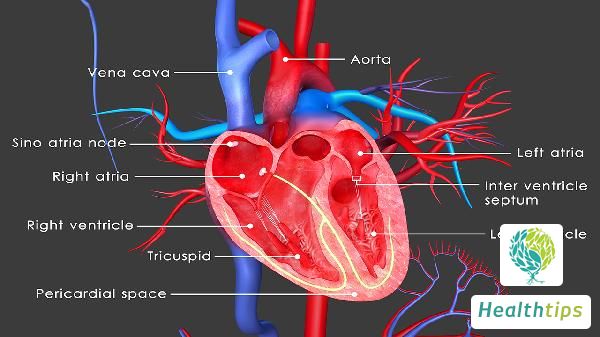"What is the Correlation Between Age, Height, and Weight in a Reference Chart?"
Baby Height and Weight Overview and Standards
For many mothers, understanding the baby height and weight overview and standards is of great interest, as they aspire for their little ones to have optimal height and weight. Let's delve into the knowledge surrounding children's age, height, and weight.

Importance of Age, Height, and Weight for Children
Height and weight are crucial indicators of a child's normal growth and development. Below are the detailed methods for calculating children's normal height and weight standards:
Standard Measurement Formulas for Baby Weight:
For babies 1-6 months: Weight (KG) = Birth Weight (or 3KG) + Months × 0.6 (KG)
For babies 7-12 months: Weight (KG) = Birth Weight (or 3KG) + Months × 0.5 (KG)
For children 2-10 years: Weight (KG) = Age × 2 + 7 (or 8)
Growth Pattern of Infant Height Standards:
The average length of a full-term baby is 50 cm. In the first year after birth, they typically grow by approximately 25 cm, reaching around 75 cm by the age of one. After that, they grow by roughly 5 cm annually on average. Therefore, the length of a child aged 2-12 can be estimated as: Length (cm) = Age × 5 + 75 (cm). Any deviation from this standard by more than 10% is considered abnormal.
Effective Exercises for Growth
Generally, the most effective exercises for promoting growth include jumping, jogging, vertical leap exercises, floor exercises, basketball, volleyball, swimming, rope skipping, and pull-ups. Activities like jogging, jumping, and weight-bearing exercises help stretch muscles and ligaments, stimulating epiphyseal cartilage growth. Pull-ups stretch the spine, promoting spinal bone growth. Swimming, with its vigorous spinal extension and kicking movements, aided by buoyancy, is also beneficial for spinal and limb bone growth.
Considerations for Exercise Intensity
High-intensity exercises, such as competitive sports or heavy weight training, should be spaced out with longer intervals between sessions, and the total training time should be moderate to avoid overexertion. For low-intensity exercises like walking and rope skipping, the duration can be relatively longer to adequately stimulate muscles, joints, and bones.
Additional Factors Affecting Height
It's important to note that height is also influenced by endocrine factors. Therefore, avoid overexertion through excessive exercise, which might disrupt sleep quality and endocrine balance. Additionally, adequate nutrition is crucial for growth, and it's essential to timely and sufficiently supplement bone-building materials like collagen and minerals while enhancing physical fitness.



















